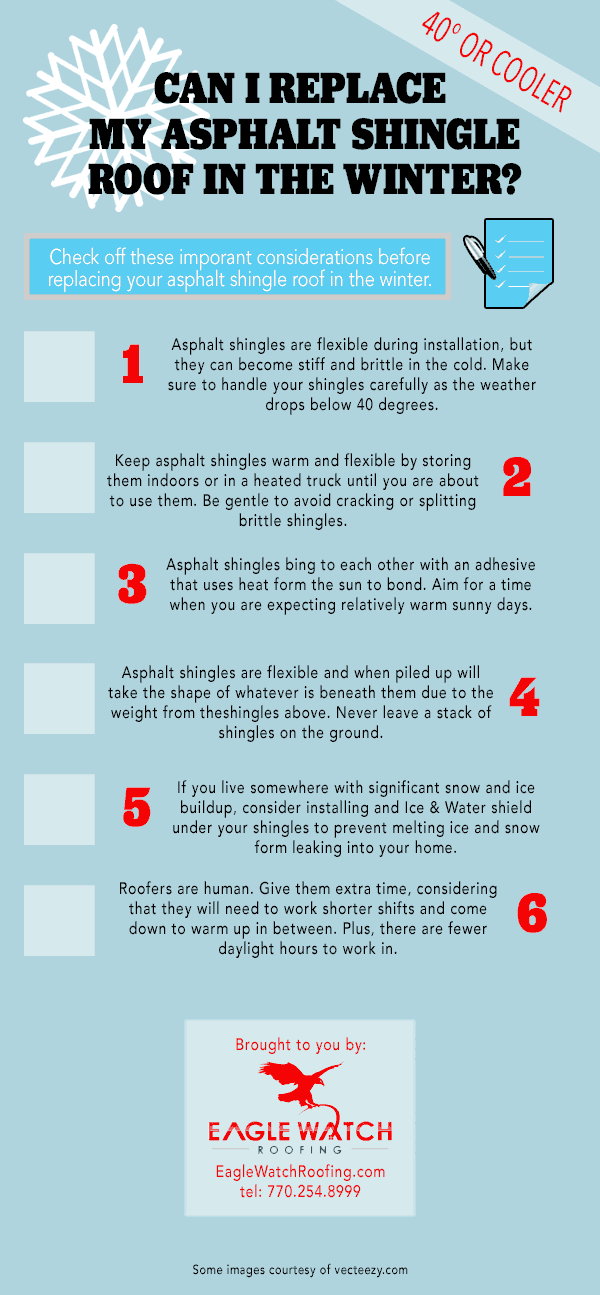Professional Tips For A Thorough Roofing System Assessment
Professional Tips For A Thorough Roofing System Assessment
Blog Article
Short Article Developed By-Cooney Brooks
To ensure your roofing remains in top condition, professional tips for a complete assessment can make all the distinction. By understanding the art of taking a look at key locations and spotting typical red flags, you can potentially save on your own from costly repair work down the line. So, are you all set to take the very first step in protecting your home and boosting your roof covering's longevity?
Roofing System Assessment Prep Work
Prepare for your roofing system examination by gathering essential tools and security equipment. Begin by guaranteeing you have a strong ladder that reaches the roofing system securely. Furthermore, grab a pair of durable job handwear covers to safeguard your hands from any sharp sides or particles. A dependable flashlight will additionally be available in convenient, especially if you're examining the roofing system in dim lights conditions.
Next off, gather a caulking gun and roofing sealant to address any type of small leakages or damages you may encounter during the evaluation. A measuring tape will assist you properly examine the dimensions of any kind of trouble areas. Don't forget to bring a notepad and pen to write down notes or design diagrams if required.
Finally, prioritize safety and security by wearing non-slip footwear to prevent mishaps while getting on the roof. Think about utilizing a harness or ropes for included security, particularly on steep roofing systems.
Trick Locations to Analyze
Evaluate the roof covering's vital areas thoroughly to make sure a thorough assessment of its problem. Begin by taking https://whatistporoofing18495.topbloghub.com/37520748/professional-advice-what-to-do-and-what-to-prevent-when-working-with-a-professional-roofer at the tiles or roof product. Try to find any indicators of damages such as cracks, missing items, or curling sides.
Inspect the flashing around smokeshafts, vents, and skylights for any type of rust or gaps that could cause leakages. visit the up coming webpage for particles build-up and guarantee they're securely connected to the roof covering. Pay attention to the roof valleys where water drainage is concentrated, as these areas are more prone to leaks.
Next, analyze the soffits and fascia for any type of signs of rot or damage, as these components are crucial for correct air flow and protection versus dampness. Evaluate the attic for any type of signs of water damage, such as stains or mold and mildew growth, which might indicate a leaking roof.
Lastly, check the seals around vent pipelines and various other roofing infiltrations to ensure they're intact and watertight. By extensively examining these essential areas, you can identify any type of prospective problems and resolve them immediately to maintain the integrity of your roof covering.
Common Roofing Warning
Watch out for usual roofing warnings that can show possible concerns with your roof covering's problem. Missing or harmed tiles are a clear sign that your roof may be compromised. Try to find crinkling, twisting, or blistering tiles too, as these can indicate weathering or inadequate setup.
Water spots on your ceiling or walls are a red flag for a dripping roof that needs prompt attention. Look for indications of moss or algae development, as these can suggest trapped dampness, which may bring about rot. If you see granules from asphalt tiles in your gutters, it could imply your roofing system is nearing completion of its life expectancy.
Sagging stone oak gutter cleaning on your roofing suggest structural damage and needs to be dealt with promptly. Finally, daytime coming through the roof boards in your attic signifies a requirement for roof covering repair services. Keeping an eye out for these common red flags can aid you catch roofing concerns early and avoid pricey damages.
Verdict
In conclusion, performing normal roofing inspections is important for recognizing and resolving issues prior to they escalate. By using the right tools and safety devices, focusing on key areas, and watching for usual red flags, you can make sure the longevity and stability of your roof covering.
Keep in mind, very early discovery and punctual fixings can save you money and time over time. Stay aggressive and keep your roof covering in top condition.
